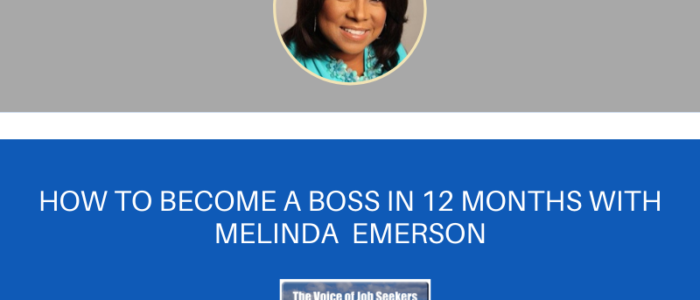You’re asked a question in an interview you might have prepared to answer. You forgot. What do you?
Channel your inner Ella. Let me explain.
Ella Fitzgerald is called the “queen of jazz vocals.” In a recorded concert in 1960, she was to sing “Mack the Knife,” a pop and jazz standard that everyone in the audience knew.
She rehearsed it several times but couldn’t wrap her memory around it. She went over it on the plane to Germany yet couldn’t remember the lyrics.
In the original recording, you can hear her voice her doubts (“I hope I can remember all of the words”).
She sang the first two lines fine, but afterward, she forgot the rest. She made the rest of the song up.
Well, the audience and the Grammy voters awarded her. It’s one of the most memorable jazz performances of all time.
But we understand, too, her performance perfections outweigh her imperfections in this performance.
A job interview is a performance, and the interview’s success results from an excellent performance. One mistake does not erase other great offerings. Keep that in mind when you are presenting before employers.
But if you’re going to improvise, offer water from the well of expertise. The hours of reading, conversations, writing, or speaking will serve you well. The buckets of stories and examples are accessible at this moment.
They may appear eagerly and voluntarily.
But whatever you do, don’t stifle. It is a powerful opportunity to show how the depth of your well.
Like Ella, you can improvise the same song where everyone knows the lyrics.
Unlike Ella, you won’t be rewarded if you’re not well rehearsed or just not ready.

